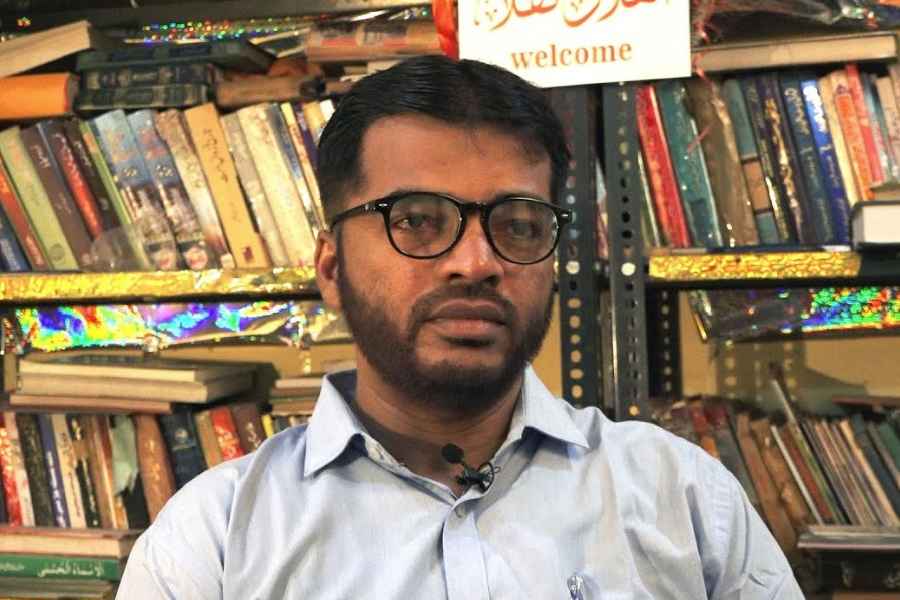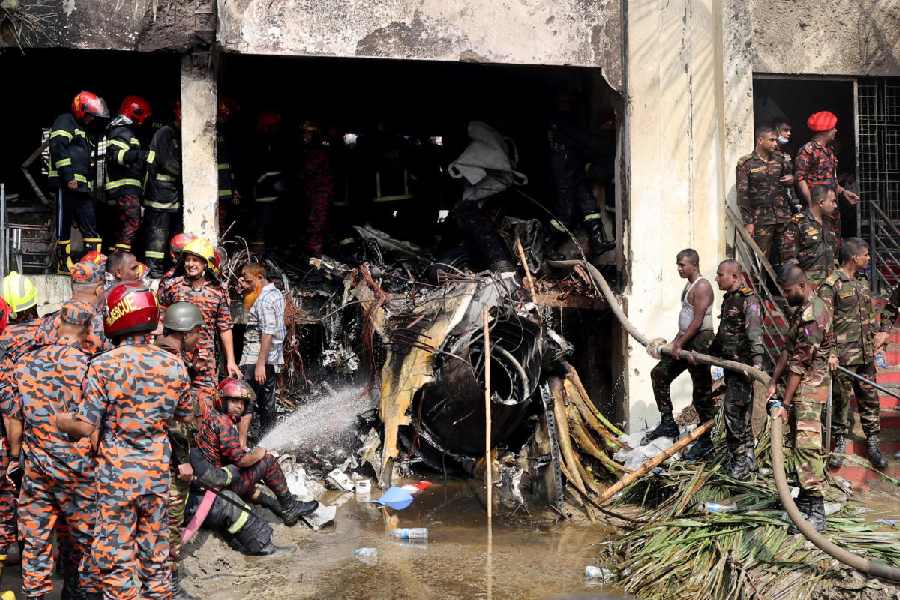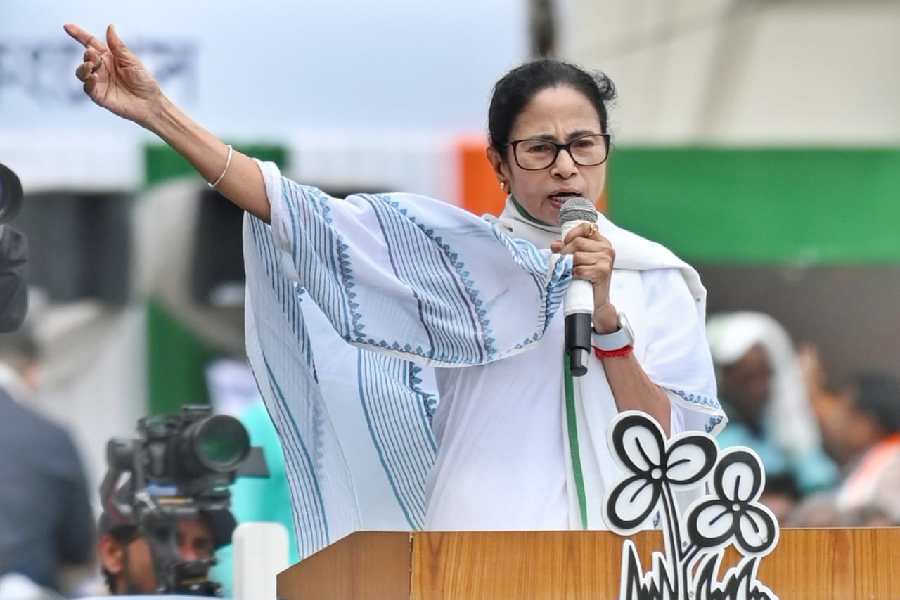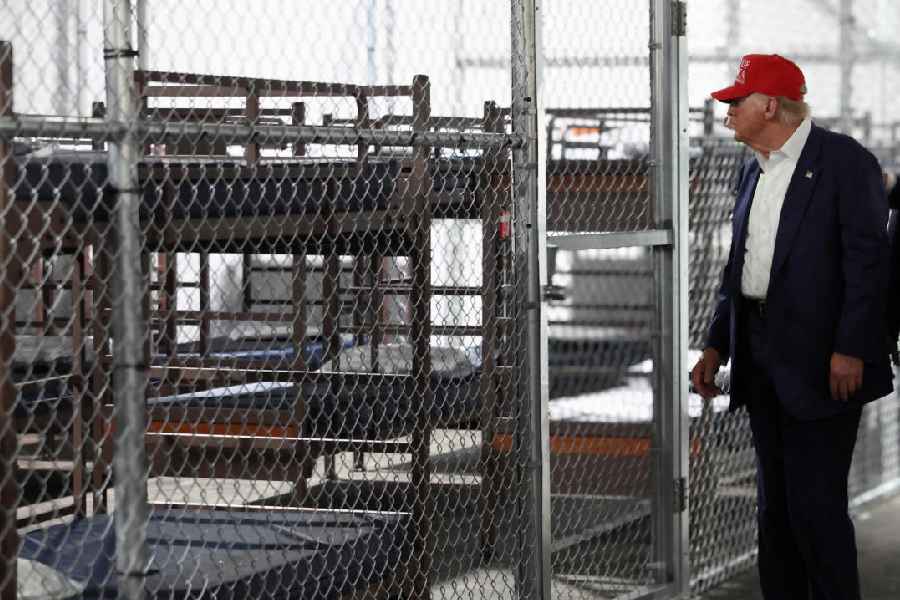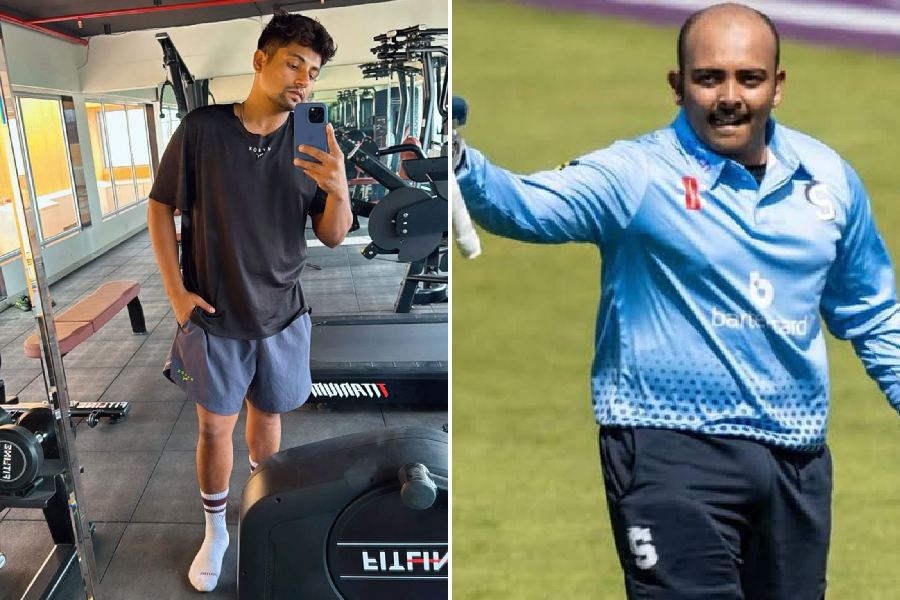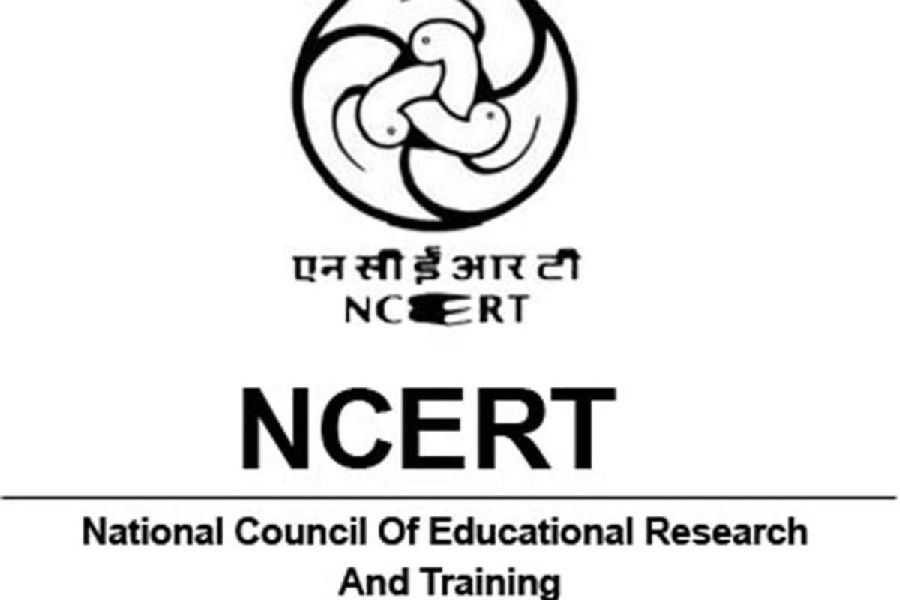 |
I can’t remember when I consciously started taking pictures of food. I suspect it was some time in 1979 or 1980 during my first year in my American college. A friend was finishing his graduation art project and part of his work involved taking Polaroid photographs of every object he owned plus every new object he bought during that period. My friend would lay the stuff on the wood backing of a bed and make these faux-investigative photos or ‘evidence’. So, along with sweatshirts and books, there were also these stark, but quite humorous, square images of packets of doughnuts, chips and six packs of beer. I, on the other hand, needed to reassure my parents sitting on the other side of an internet-less planet that their son was eating well. So I bought some Polaroid film and used my pal’s camera to take instant pictures in the college canteen and of other meals that I had outside, mailing them to India carefully hidden in thick envelopes in ways that would not excite unscrupulous postmen.
I’d always loved the great painters of still-life, the Dutch, the Impressionists and some of the Moderns, and marvelled at their ability to inject emotion into renditions of food, whether super-realistic or, in the case of someone like Cézanne, say, brilliantly slapped on to the canvas with a complete disregard for perspectival niceties. So, visiting the US again later in the 1980s, I had another flirtation with shooting food with a Polaroid (this time my own). These pictures were by way of trying to find a new take on still-life. So the shapes of the objects, often blurred or blown white by the flash, were more the point than the actual food itself. That the food was secondary might also have had to with the fact that, at the time, I had no interest in food other than wanting to eat it regularly; there existed all sorts of grub I liked, both at home and outside, but it was no part of my business to actually cook any of it or even think about how it was made.
It was only a few years later that I engaged properly with food and cookery, firstly because I got involved with a foodie who was a great cook herself, second, because she lived in London, I got irradiated by a city that was already becoming the world-capital not only of food but also of what is now known as ‘food-porn’, as in endlessly detailed articles about food, cooking, ingredients, chefs, regional cuisines and so on. These articles would be illustrated by the most gorgeous, mouth-watering photography and I began to warn newcomers from India that reading the Sunday supplements on an empty stomach could lead to serious over-eating.
At the time there was a separation in my mind between ‘photographic art’, which is what I did, and advertising or product photography, which is what one saw in those British magazines. The big, superbly sharp close-ups of textures, colours and glistening liquids could only be produced by a photographer working with serious hardware and a crew of assistants making sure the souffle didn’t subside or the salad didn’t wilt under the onslaught of hot lights. In a few years this changed: as the idea of great food began to be increasingly connected to spare, sunlit spaces, ethnic kitchen and dining-environment textures and most of all to unfussy, non-show-offy cooking, the photographs became more ‘casual’ as well. It wasn’t that the food magazine photographers worked less hard, it was just that natural light, out of focus elements, blurs and shakes all became part of the visual menu. In a sense, mainstream food photography slid a little closer to the kind of photography many of us were employing for our pictures and even our films.
It was around this time that the internet entered people’s lives. A few years after that came the great democratizing wave in photography, when crude digital cameras were incorporated within mobile phones, and then yet another shift when the quality of those lenses and image-chips improved to match and even surpass the lower end camera-cameras. These combined with websites and social media, the blogs, Facebook, Instagram and so on have given us an explosion of picture-making and image-dissemination never before experienced by mankind. Of these zillions of pictures silently hanging in pixellaspic all over the planet’s servers, most are of people, loved ones, relatives, friends, colleagues; a hell of a lot of them are of people’s pets, and a huge number of them — an easy bet, this — are of food, food people were about to eat, food people wished they could eat and even food with which they wished they hadn’t been confronted.
These food pictures know no boundaries. They are taken at home, in the kitchen or at the dining table. They are taken in planes, trains and buses. And, of course, they are taken in eateries from the cheapest street stall to the most exclusive restaurants in the world. The phenomenon has become so big that there are now photography courses available from New York to Spain on how to best use your mobile camera to photograph your food. At the upper end of expensive gastronomy, many American and European restaurants now ban the use of flash photography while some ban photography altogether. For some establishments the problem is the privacy of their celebrity guests, but for most restaurants the objection is to their superb, carefully prepared food looking less than spectacular, either because of bad photography or because — according to some chefs —plates of half-eaten food look ugly. Other restaurateurs have chosen a more tolerant (or market-friendly) route: some take their customers into the kitchen where the dishes look better freshly coming off the counter; and some tech-savvy fooderies are even arranging professionally shot photographs of dishes customers have ordered to be digitally delivered at the same time as the bill.
What exactly is it, this apparently universal urge to photograph one’s food? A book can be written on it; there are as many answers as there are people taking photographs. Among other things, it’s an impulse to capture the most central yet ephemeral thing in our lives — our sustenance. It’s a desire to share that momentary feeling of palate-lust and plenitude with people who cannot be there to share the actual meal. It’s a triumphal impulse, peacocks display their feathers, foodies unfurl their shaved foie or even un-capturable domes of clove essence. Mothers let their grown and flown children know what they are missing, potential lovers present future seductions of the tongue by trying to first seduce the eyes, old pals compete with each other on culinary triumphs and, or, disasters even. Ranged against this phenomenon are many quite reasonable people who get quite annoyed when foodfoto-wallas make them pause before eating while enacting their irritating ritual. Their argument is ‘the food will get cold’, to which the reply is ‘yes, but only as cold as it will if you pause to have a sip of wine or finish telling a joke’. And then there are people who find the whole business obscene in the context of a world where starvation and scarcity are so widespread, to which one counter argument I’ve heard is: ‘should we not write excitedly about books we’ve read just because there is mass illiteracy?’
I, myself, must confess to being guilty of now running, for the third consecutive year, a photographic Food Diary on Facebook. The food photography (as different from the still-life) began with the cleanest of intentions: while doing my travel writing, occasionally I also needed to provide the photographs. Then the recording of the different aspects of food became an obsessional thing — I may be off-message for a period from FB or email, but the photographs work as signals to my friends and close family: ‘I’m okay’ they say, or ‘hey, having fun’, or ‘ascetically bashing on like a monk’, ‘or ‘being a total clown in the kitchen’. I now find myself photographing food regularly but randomly. Not all my pictures are of great repasts. Many of the shots are of half-eaten meals (not ugly, per se) or of dirty, empty plates (picture). Many pictures are taken for the visual pleasure alone, others are only shot for the food they show and yet others are for some other things they trigger off — humour, sadness, absurdity. I have no compunctions about using flash, but I do so rarely. I often put explanatory text next to the photos, but not always. Why exactly do I maintain this semi-public/semi-private Diary? I’m not clear about the answer and perhaps it’s one best left for future anthropologists to figure out. All I know is that I’ve come a long way from just looking at food and vessels as things that provide pleasing visual patterns and that I’m part of a global community of people with a new way of saying grace before a meal.


